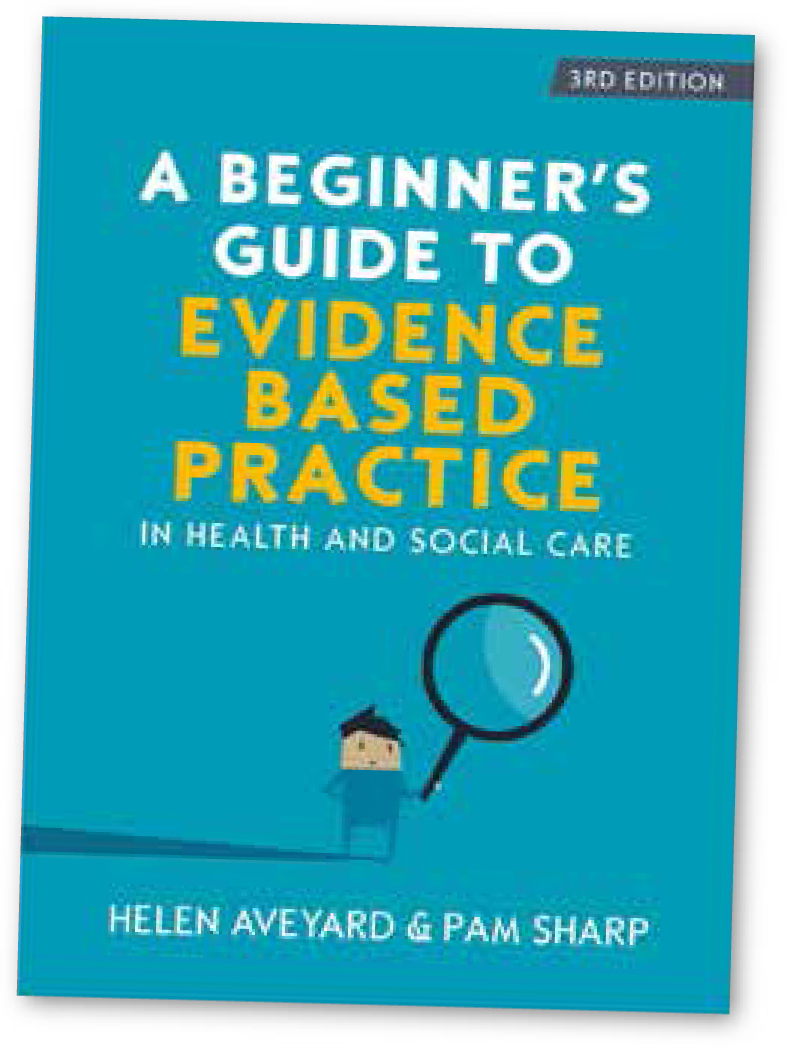Evidence-based practice divides the (pre-hospital) nation. There are some paramedics who will run a mile at hearing this term and then there are those who embrace evidence all day long—this book is suitable for both of these extremes and for anyone in between.
The term evidenced-based practice (EBP) was first introduced in the field of medicine by Gordon Guyatt and his mentor David Sackett in the 1990s (Guyatt, 1991). Since then, the EBP movement has gained momentum and become increasingly important in paramedic practice.
This is undoubtedly associated with the broadening of the role of paramedics following professional registration with the Health and Care Professions Council (HCPC), as well as paramedic training moving to higher education institutes. In light of these developments, paramedics have started challenging the traditional dogma of ‘this is how it has always been done’. In addition, the HCPC (2014) standards of proficiency for paramedics stipulate that paramedics must have the ability to engage in EBP and many undergraduate paramedic courses in the UK include an EBP module.
It is in this current climate that A Beginner's Guide to Evidence Based Practice in Health and Social Care by Helen Aveyard and Pam Sharp stakes a claim at being relevant to students and registered practitioners in nursing, allied health care or social care.
The book is intended to be read from cover to cover, which makes it the ideal companion for anyone setting out on a research or service improvement project, or for anyone merely wanting to broaden their general knowledge of EBP.
First, the authors explain what EBP is and where this phenomenon has come from. What is especially interesting is their choice of the term ‘evidence-based’ over ‘research-based’ practice, which clearly emphasises that even in the absence of applicable research studies there will still be some form of evidence that should inform practice. This leads the authors to discuss the essential three components of EBP:
After defining EBP, the authors move on to emphasise how and why EBP has become so important, while clearly acknowledging the barriers to EBP that many health professionals will be thinking of when reading this book: lack of time, lack of skills, and a lack of resources.
Within the following chapters, the authors distinguish between anecdotal and research evidence before providing an overview of different types of quantitative, qualitative and mixed-methods research types, e.g. randomised controlled trials, cohort studies, ethnography and systematic reviews. The authors even include explanations for some basic statistical concepts, such as confidence intervals and p-values, before moving on to a detailed guide to finding the best available evidence. Following this, the authors talk the reader through the principles and process of critically appraising evidence in order to judge its reliability. At the end of the book, the authors discuss how to implement more evidence into practice before providing a comprehensive glossary and useful list of EBP resources.
Throughout the book, the authors succeed in explaining difficult concepts using easily readable, jargon-free language. They consistently go right back to the basics by, for example, providing guidance on how to recognise research, which is helpful even for more experienced readers.
This third edition has been revised to include present-day examples ranging from the tradition of swaddling babies to leg ulcers and resuscitation. Many of the examples are only indirectly relevant to paramedic practice, but the authors acknowledge this and kindly ask readers to think about the underlying principles that can be learned from the examples.
As a book reviewer, it is my intention to give a balanced account of the books I am reviewing. However, for this book I am struggling to find any limitations. The references are recent and even include up-to-date video links. The examples clearly illustrate the points the authors are trying to make. The topics extend beyond those that immediately come to mind when thinking about EBP, e.g. secondary citations. The research chapter encompasses a balanced mixture of quantitative and qualitative research.
The authors include many practical tips on subjects such as time management, documentation, version control and saving literature results—they even signpost the reader to Google when looking for freely accessible copies of journal articles.
The previous edition of this book was my constant companion while I was a clinical research methods master's student. Having now returned to frontline duties as a paramedic, I can see myself continuing to use A Beginner's Guide to Evidence-Based Practice to look up useful EBP recourses and critical appraisal assistance, and share my enthusiasm for EBP with fellow paramedics.


